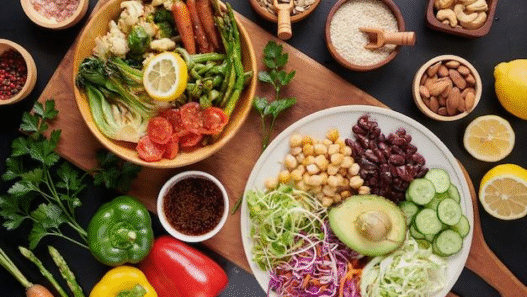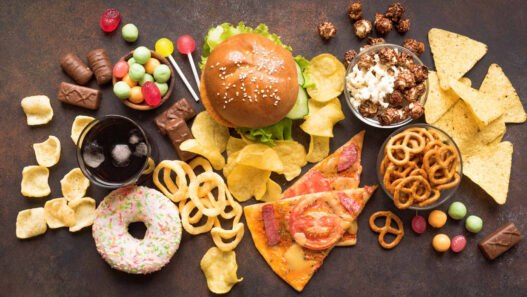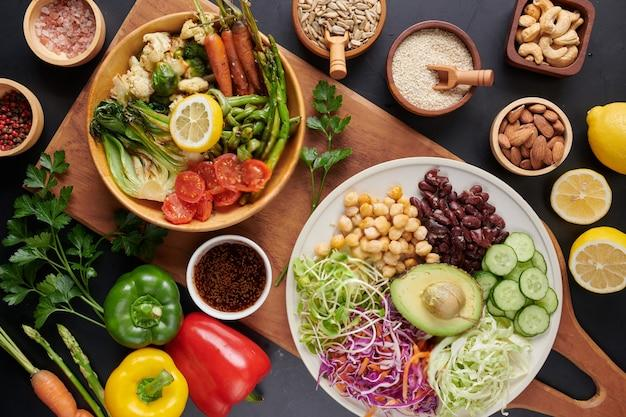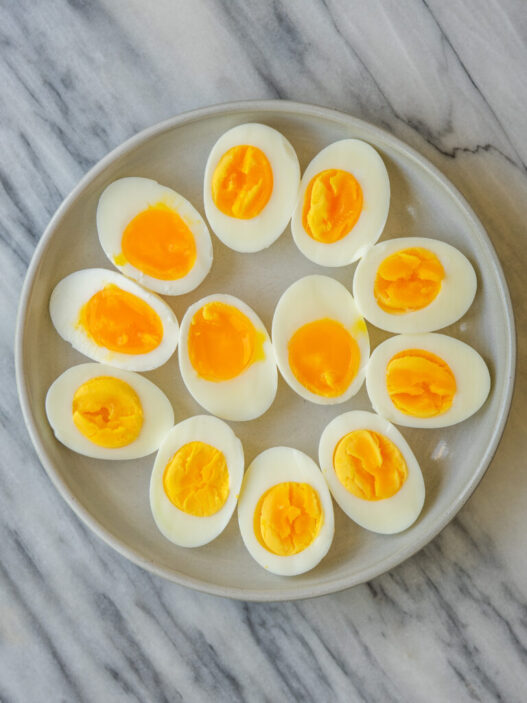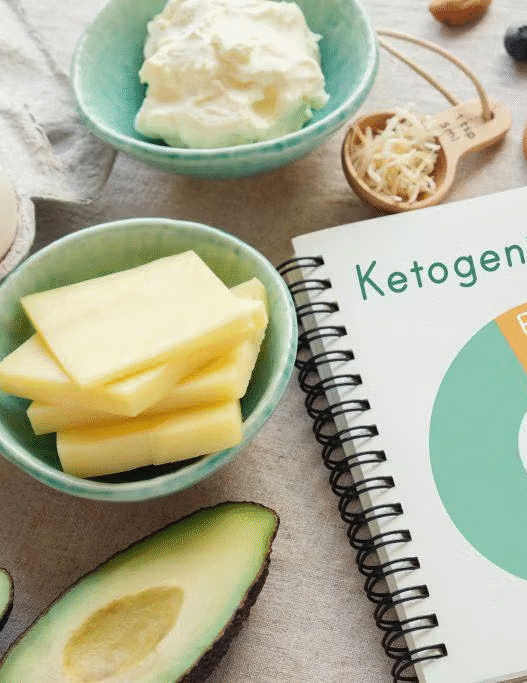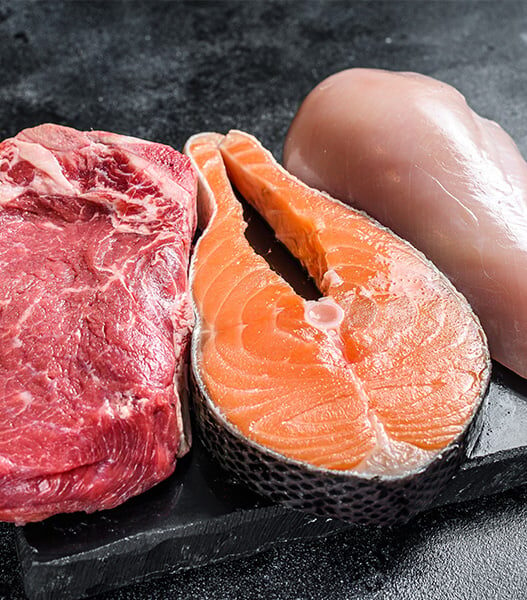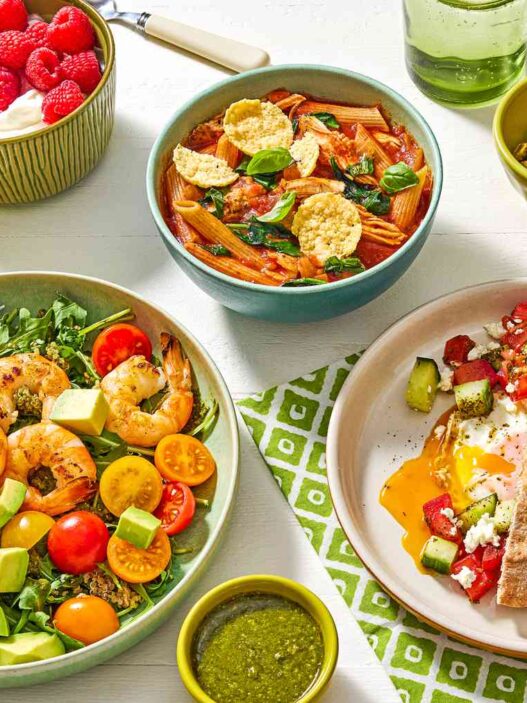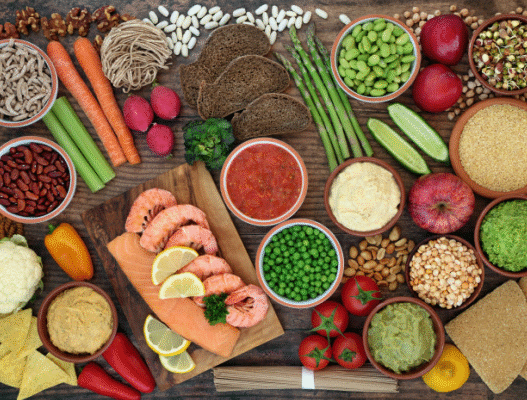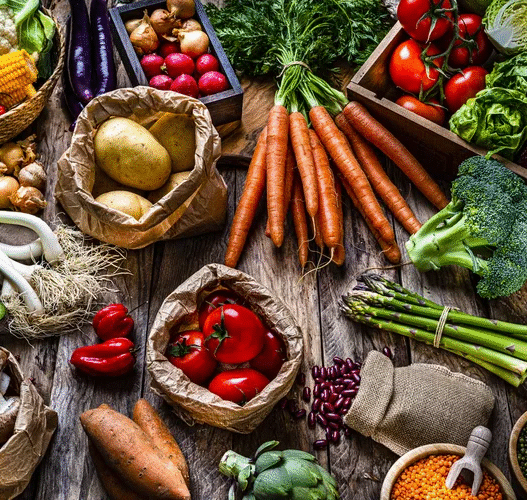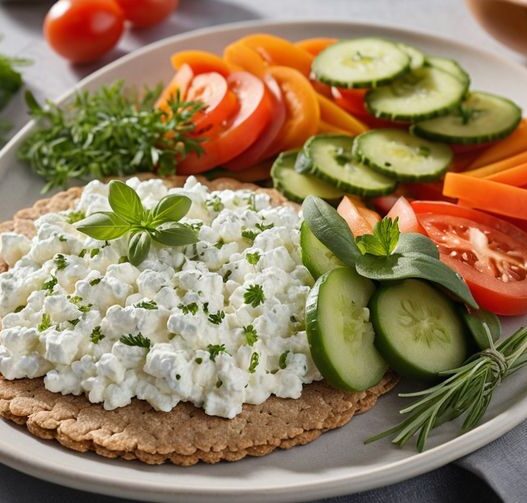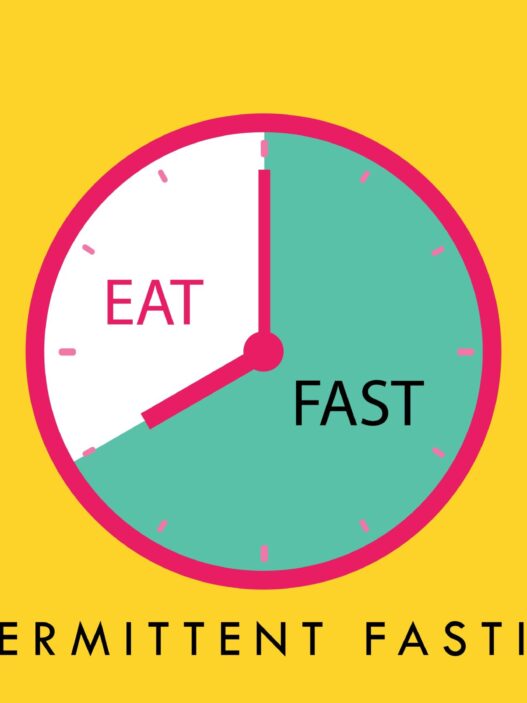When I first heard about the “no sugar” challenge, I thought it would be simple: just stop eating sweets, right? But once you start looking at labels, you realize sugar hides in almost everything.
Sauces, breads, breakfast cereals, even foods that claim to be “healthy.” That’s why having a proper food list really helps. If you’re planning to try a 14-day no sugar diet, here’s a practical guide based on real research and everyday experience.
Why Try Cutting Sugar for Two Weeks?
Health experts have been warning about sugar for years, and not without reason. Studies have shown that too much added sugar can raise the risk of obesity, diabetes, and heart disease.
But beyond the science, most people notice something personal: less sugar often means more energy, fewer mood swings, and even better sleep.
Two weeks may not sound long, but it’s enough time to reset your taste buds. Many people say fruit starts tasting sweeter, cravings shrink, and plain foods suddenly feel more satisfying. Think of it as a reset button for your diet.
Foods You Should Focus On
Fresh Vegetables
Vegetables are your best friend on this plan. Green leafy ones like spinach, lettuce, and kale are easy to add to meals. Broccoli, peppers, mushrooms, and zucchini fill your plate without making you hungry an hour later. Even carrots or sweet potatoes are fine, but keep them balanced since they contain more natural sugar.
Protein Choices
Protein keeps you full and helps balance blood sugar. You can go for chicken, eggs, fish, or lean beef if you’re a meat eater. If not, beans, lentils, and tofu work just as well. A tip I found useful: include some protein in every meal. It really helps with those 4 p.m. sugar cravings.
Healthy Fats
Don’t be afraid of fats, they’re important when sugar is off the table. Avocados, nuts, seeds, olive oil, and fatty fish like salmon all provide steady energy. Just watch out for flavored nut butters, because many sneak sugar in.
Whole Grains
You don’t have to quit carbs. Brown rice, oats, quinoa, and barley are all great options. They digest slowly, keeping your energy stable. A bowl of plain oatmeal with nuts or a boiled egg on the side makes a surprisingly filling breakfast.
Dairy and Alternatives
Stick to unsweetened versions. Greek yogurt, plain milk, or unsweetened almond/soy milk are fine. Most flavored yogurts have as much sugar as ice cream, so it’s worth checking labels carefully.
Fruit (in Moderation)
This one is tricky. Technically fruit has sugar, but it also has fiber, vitamins, and antioxidants. Berries, apples, pears, and citrus fruits are good choices. Avoid fruit juices or dried fruit, they pack in way too much sugar without the filling fiber.
Flavor Without Sugar
The hardest part is replacing sauces and condiments. That’s where herbs and spices step in. Cinnamon, turmeric, ginger, basil, garlic, these can transform food. A squeeze of lemon or lime also brightens meals without adding sugar.
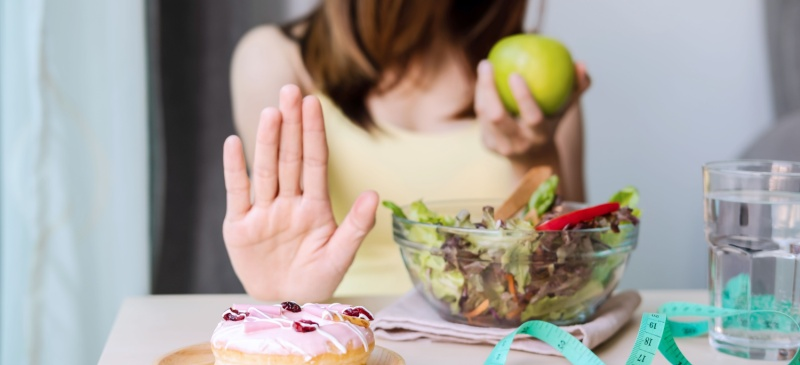
Foods You’ll Want to Avoid
- Soft drinks and packaged juices (basically liquid sugar)
- Cakes, pastries, cookies, and candy (the obvious culprits)
- Breakfast cereals that pretend to be “healthy”
- Sauces like ketchup, barbecue, and sweet chili
- Coffee or tea loaded with syrups and creamers
- Snack bars, protein bars, and flavored chips
You’ll be shocked how many “normal” foods sneak sugar in. That’s why label reading is almost half the battle.
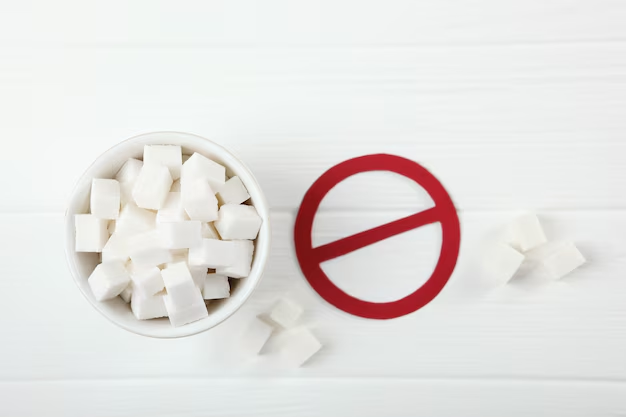
Tips to Survive the Two Weeks
1. Check Labels Like a Detective
Sugar hides under names like sucrose, high fructose corn syrup, and cane juice. If you can’t pronounce half the ingredients, it’s safer to leave it on the shelf.
2. Cook More at Home
When you make your own meals, you control what goes in. Even a quick omelet with veggies is better than grabbing a “healthy” snack bar.
3. Drink More Water
If you usually take sugar in your morning tea, the first few days will feel rough, but after a week, you’ll be surprised how normal it tastes.
4. Keep Snacks Ready
If you don’t prepare, you’ll reach for whatever’s easy. Boiled eggs, nuts, or even cut-up cucumbers can stop you from giving in to cravings.
5. Plan Ahead
Two weeks fly by, but they can also feel long if you’re unprepared. A simple shopping list for the week makes a big difference.
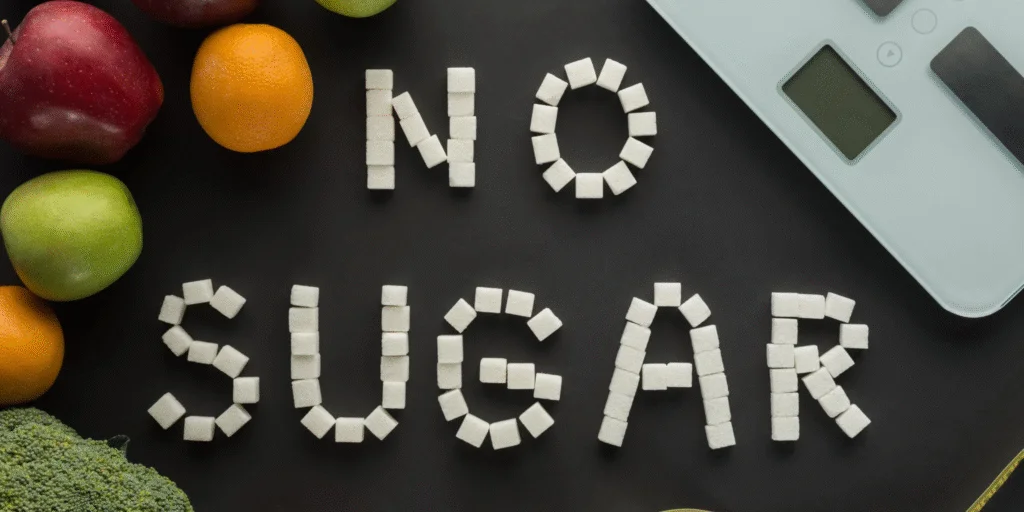
Final Thoughts
Going sugar-free for 14 days isn’t about being perfect, it’s about becoming more aware. At first, you’ll probably miss your tea with sugar or that evening chocolate bar. But by the end of the two weeks, most people are surprised at how their cravings change.
You don’t have to swear off sugar forever, but this short reset can teach you a lot about your habits. Even if you go back to eating it, chances are you’ll be more mindful, and that alone is a win.




